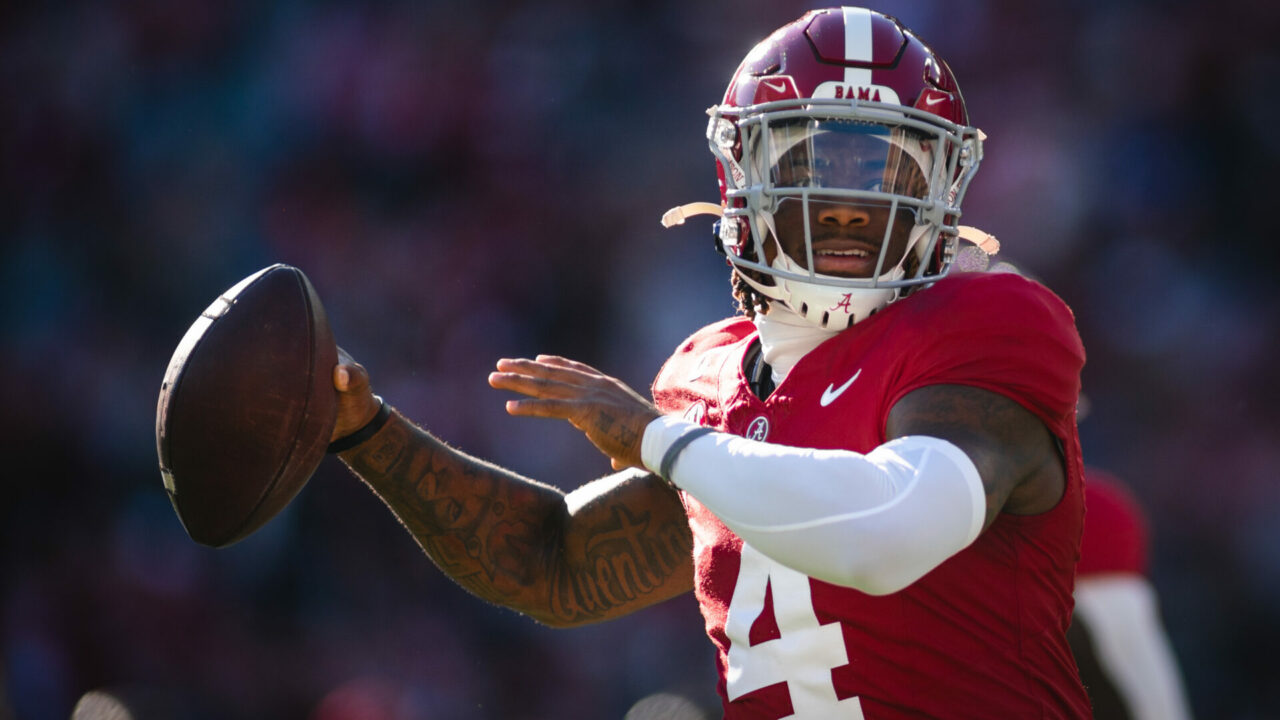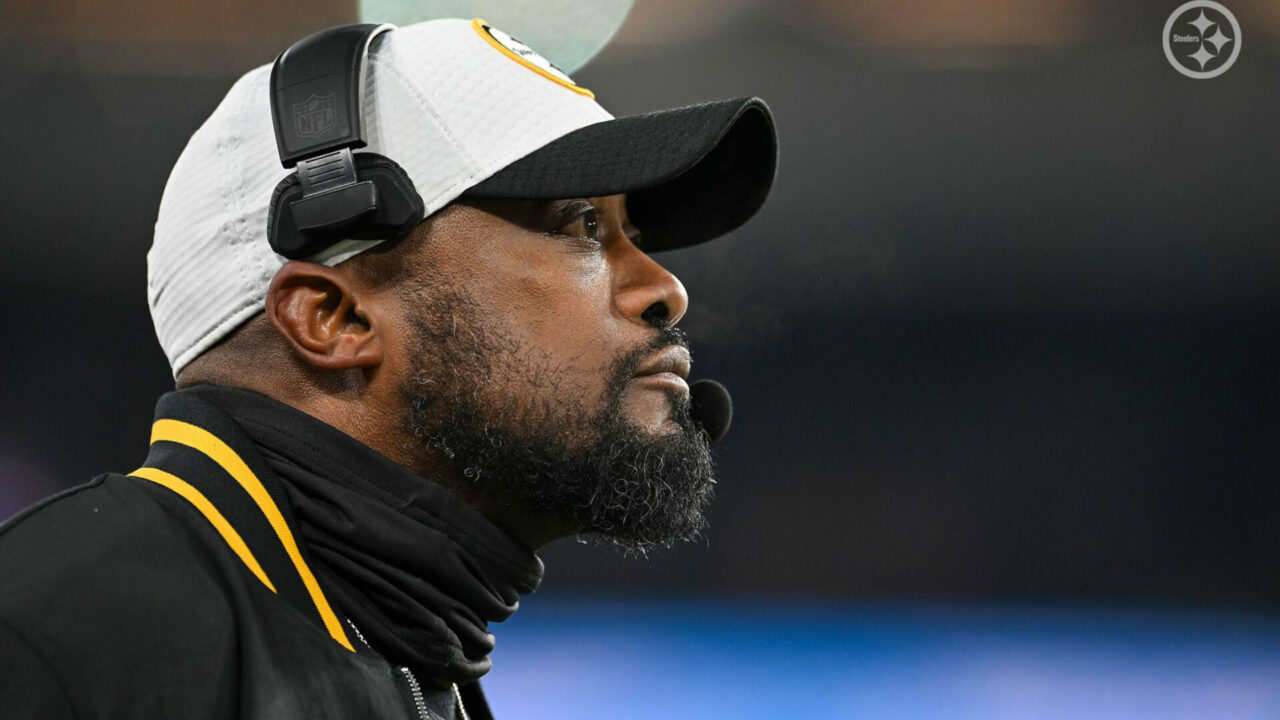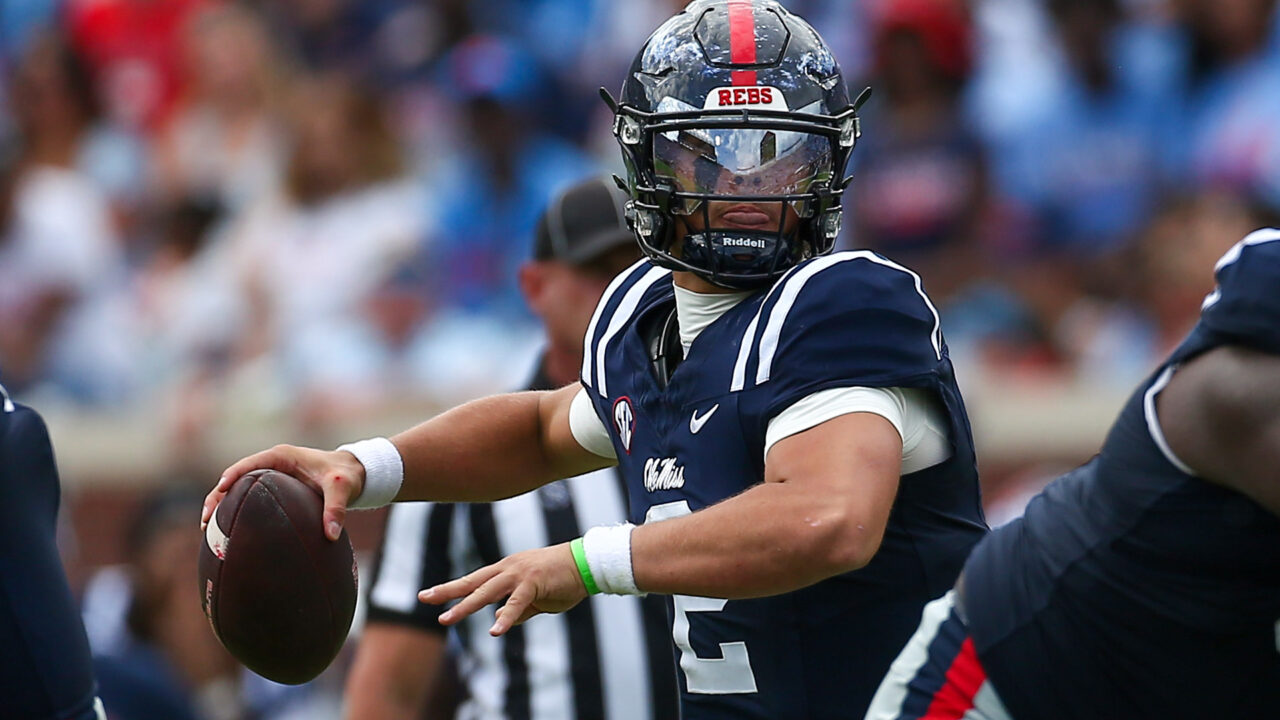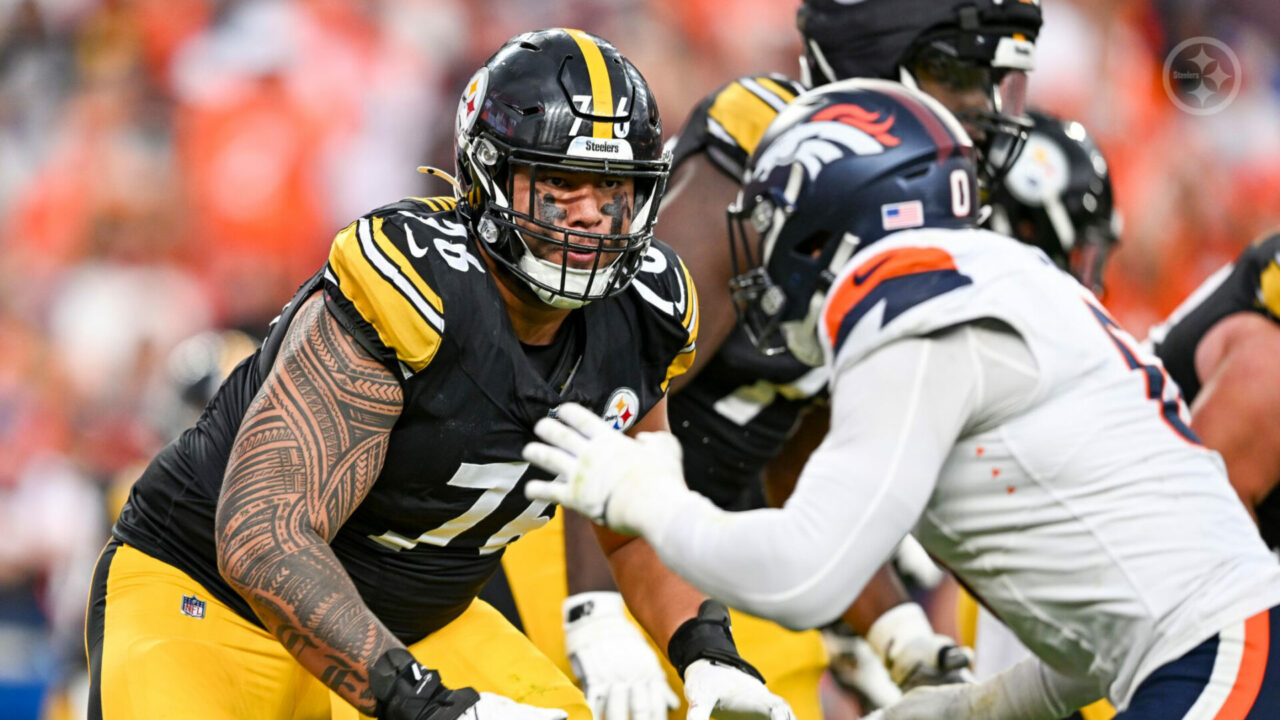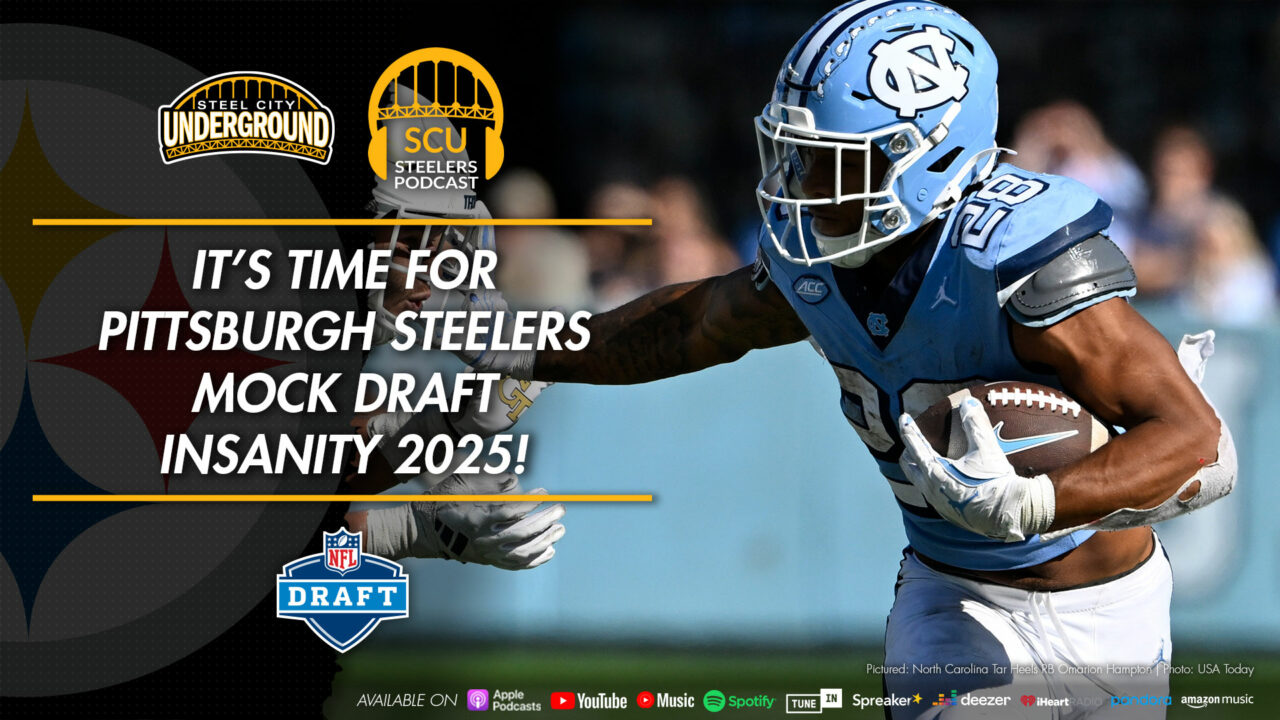Upon Review: Grading the 2023 Steelers DBs
Steel City Underground presents it’s ‘Upon Review’ series of Pittsburgh Steelers positional group grades for the 2023 NFL season with statistical analysis and performance reviews.
The Pittsburgh Steelers made moves in the 2023 NFL Draft and free agency to deepen their defensive backfield. They selected Joey Porter, Jr with the first pick in the second round gained through a 2022 trade of wide receiver Chase Claypool. The Steelers also added veteran Patrick Peterson.
In total, Pittsburgh rostered a mix of cornerbacks and safeties to the tune of 14 men: Porter, Peterson, Levi Wallace, Minkah Fitzpatrick, Keanu Neal, Miles Killebrew, Chandon Sullivan, James Pierre, Darius Rush, Corey Trice Jr., Damontae Kazee, Eric Rowe, Elijah Riley, and Trenton Thompson
That number was necessary due to a few factors. The biggest issue was the number of safeties that landed on the injured-reserved list, from whom defensive coordinator Teryl Austin had to work with. Neal, Thompson, and Riley all saw time on IR while Kazee saw a questionable suspension handed down due to the league’s ruling that he’d incurred a number of personal fouls; something that, upon analysis of his play, seemed uncharacteristically harsh when it came to overall penalty. Fitzpatrick also missed in-game play due to injury.
We’ll look at the performance of the defensive backfield as one unit, as a result, for this review.
Porter got his rookie coming out party earlier than some expected. In Week 8, he became the go-to corner up against some of the league’s top receivers.
Despite being criticized for being too “handsy” at times, Porter’s physicality earned him a place among the league’s top defenders in completion percentage (30 receptions on 63 targets in coverage). Porter was often tasked with covering opposing WR 1’s for the entirety of games and was locked in.
Fitzpatrick was used a little differently in 2023 than he was in years prior. His snaps were mixed through the defense at free safety, in the spot, on the outside, and in the box.
Although he created no turnovers, his roaming helped the Steelers defense give opposing offenses a mix of coverages to try to navigate through. Fitzpatrick posted his lowest completion percentage (56.3) since his 2020 season despite missing seven games.
Wallace was hot and cold throughout the season. At times, he drew the ire of the crowd for his play, and then he’d catch everyone off-guard and do something spectacular.
Wallace was the most-targeted defensive backfielder on the Steelers squad in 2023 (75 times). He managed to allow just a 53.3 percent completion rate, though, despite playing less defensive snaps than Porter and Peterson. Wallace had two interceptions and 11 pass breakups.
Peterson had an interesting season with the Steelers. His role in the backfield was changed a number of times, especially in Fitzpatrick’s absence. Like Fitzpatrick, Peterson roamed between playing deep outside, in the spot, as the dime linebacker, as in the free safety spot.
As a veteran, Peterson challenged opponents to the tune of just 59.4 percent of completions when he was targeted. While he had 11 pass breakups and two interceptions, there were times that his age showed.
Killebrew played 111 defensive snaps due to the safety position being influenced by injuries. That was the most he’d logged while with the Steelers. Where he made his mark was on special teams – which we’ll address when we talk about specialists – and was subsequently named All-Pro for his performance.
As for Sullivan, Riley, Trice, Pierre, Rush, and Thompson, the performance was a mixed bag. They were depth pieces and did not carry an equal share of time on the field.
As a personnel group, the safeties and corners helped the defense rank sixth-best in the league for allowing just a 60.7 completion percentage. They did allow a damaging 12 yards per reception, though, which ranked in the top 5 of all NFL teams per ESPN and NFL official statistics. As a result, the group did not receive as high of a grade as they could have.
Positional group grade: B-
Granted, injuries played a significant part in how successful Pittsburgh’s defensive backs performed. Due to the need for a much more robust personnel rotation than recent seasons, communication was something that the Steelers needed and did not always get from the group on the field. Miscues hurt this group in the form of teams going for big chunk plays when the coverage broke down.

